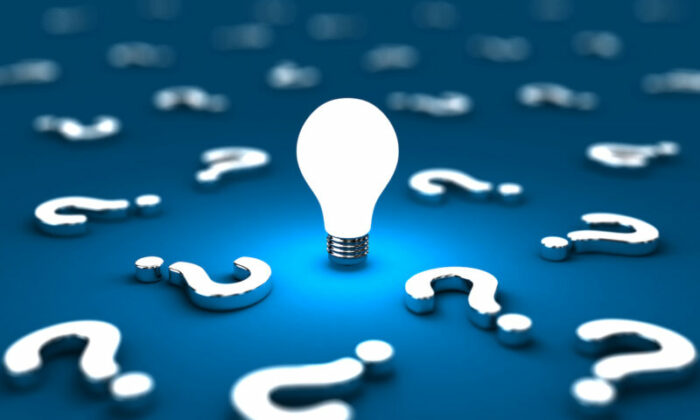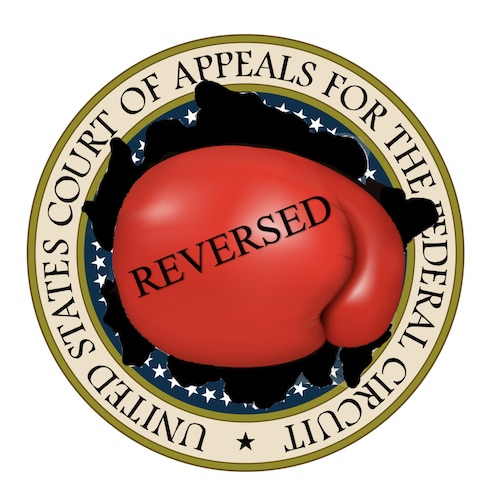Ghost in the machine: AI and patent protection | Smart & Biggar
On December 20, 2023, the UK Supreme Court dismissed Dr. Stephen Thaler’s appeal from the Court of Appeal (England and Wales), finding that AI cannot be an inventor because an inventor must be a natural person1.
This issue has yet to be addressed in Canada. Nevertheless, with the proliferation of AI, it is inevitable that Canadian courts will soon have to confront the question: can an invention generated by AI, without any human contribution, be patented? An examination of the Patent Act, along with local and international jurisprudence suggests a negative answer.
However, a statement made by the Canadian Intellectual Property Office (CIPO) concerning a patent application designating AI as an inventor hints at a positive one. The final answer remains to be seen.
Patent protection and AI-generated inventions
As outlined below, AI-generated inventions do not appear to satisfy certain provisions of the Patent Act.
While the Patent Act does not specifically define an “inventor”, Canadian case law assumes that an inventor must be a “natural person.”23 This would align with US4, EU5, and UK6 jurisprudence, which precludes AI from being an inventor.
In addition, only those who have contributed to the inventive concept can be named as inventors. For more details on inventorship, please refer to the article “Eureka!” — Determining and correcting inventorship by Principal Lionel Fishman.
To qualify as an inventor under the Patent Act7, one must have contributed to the substance of the invention, and not merely been involved in its verification. Similarly, for an individual to “present a problem to another is not an act of invention”.89 This could arguably apply if one were to “present a problem” to AI, which then “invented” a solution (although, one could also argue that presenting a problem to AI is different than presenting a problem to other humans).
Therefore, arguably, a human must contribute to the substance of the invention to satisfy the requirement for an inventor. For a detailed discussion of the human input required for AI-assisted inventions (AI as a tool) in the United States, please see the article, AI-assisted inventions: USPTO’s most recent guidance for determining inventorship by Brigide Mattar (Principal) and Audrey Berteau (Associate).
DABUS Application: more questions than answers
On November 8, 2021, CIPO issued a compliance notice, finding a patent application10 designating AI (DABUS) as the inventor11 was not compliant with the Patent Act and Rules.
Among other reasons, CIPO found that there was no human designated to exercise the rights of the “machine”.12 However, CIPO suggested that the owner may attempt to comply by submitting a statement identifying himself as the legal representative of the inventor.
On July 22, 2022, Dr. Thaler submitted an affidavit where he claimed that he was the legal representative of DABUS by virtue of his ownership of the machine, and he therefore owned the fruits of that machine’s labour (all of the inventions it created).
CIPO has yet to resolve the matter and the status of the application is “PCT non-compliant”, and the designation of the inventor remains “Unknown”13.
CIPO’s suggestion in the DABUS application raises questions about how AI-generated and assisted inventions will be treated in Canada. The legal principles discussed above suggest that a human must contribute to the substance of the invention for it to be patentable. However, CIPO’s treatment of the DABUS Application may imply that AI could be a valid inventor provided a human is designated as its legal representative.
The primary issue CIPO sought to address with its suggestion was to ensure that a natural person could exercise the legal rights granted by the patent regime. In doing so, CIPO did not preclude the possibility of naming AI as the sole inventor.
Conclusion
While there are arguments available that the current legal framework in Canada precludes the possibility of patenting AI-generated inventions (i.e., without any human input), it remains to be seen how the law will develop and whether AI-generated inventions will ultimately be found to be, or not to be (that is the question), patentable in Canada.
References
1. Thaler v Comptroller-General of Patents, Designs and Trade Marks [2023] UKSC 49 at paras. 56-59.
2. (Attorney General), 2008 FC 712 at para 9 (Hughes J.), affirmed in 2009 FCA 142
3. Apotex Inc. v Wellcome Foundation Ltd., 2002 SCC 77 at paras 95-96 (Binnie J.) where the Supreme Court advances that the inventor is the person or persons who conceived of the invention.
4. Thaler v Vidal US Court of Appeals for the Federal Circuit, No 21-2347 (Aug 5, 2022) (leave to appeal to SCOTUS dismissed).
5. Boards of Appeal of the European Patent Office Decision for case no. J 0008/20 (21-12-2021)
6. Thaler v Comptroller-General of Patents, Designs and Trade Marks [2023] UKSC 49.
7. Patent Act, RSC 1985, c P-4, s 2.
8. Goldfarb v WL Gore Associates Inc, 2001 FCT 45 at para 116 (Lemieux J.), aff’d., leave to appeal to SCC dismissed.
9. Arctic Cat Inc v Bombardier Recreational Products Inc2016 FC 1047 at para 340 (Roy J.) (aff’d).
10. The Patent Application Description Document describes the invention as “[a] food container, and devices and methods for attracting enhanced attention”.
11. In the Declaration of Identity of the Inventor, the inventor was described as “DABUS, the invention was autonomously generated by an artificial intelligence”.
12. CIPO Compliance Notice Letter, November 8, 2021
13. Biographic Data, tab 72 (“Inventor”)
[View source.]






